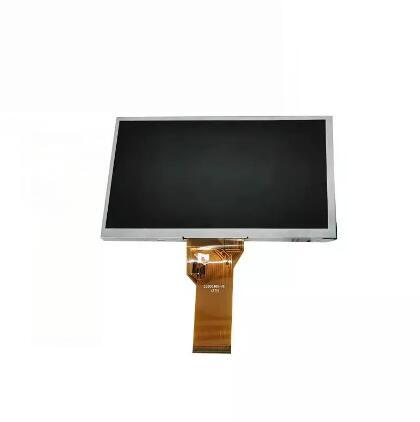How to Choose the Right Industrial Control LCD for Your Application
2024-08-13
Selecting the right Industrial Control LCD is crucial for ensuring the efficiency and reliability of your industrial systems. With various options available, understanding the key factors to consider can help you make an informed decision. In this blog, we will guide you through the process of choosing the right Industrial Control LCD for your specific application.
Understand Your Application Requirements
The first step in selecting an Industrial Control LCD is to understand the specific requirements of your application. Consider the following:
- Environment: Will the display be exposed to extreme temperatures, moisture, dust, or chemicals? Understanding the environmental conditions is essential for choosing a durable and reliable display.
- Functionality: What tasks will the display be used for? Consider whether you need a simple display for basic monitoring or a more advanced system with touchscreen capabilities and complex data visualization.
- Size and Resolution: The size and resolution of the LCD should match the needs of your application. For detailed data visualization, a larger display with higher resolution may be necessary.
Consider the Durability and Build Quality
Industrial environments are often harsh, so the durability and build quality of the LCD are critical. Look for displays that are:
- Ruggedized: Ensure that the LCD is housed in a rugged enclosure that protects against impacts, vibrations, and other physical stresses.
- IP Rated: Check the Ingress Protection (IP) rating to determine the level of protection against dust and water. A higher IP rating indicates better protection.
Evaluate the Display’s Visibility
Visibility is a key factor in industrial settings where lighting conditions can vary. Consider the following:
- Brightness: Ensure that the LCD has sufficient brightness to be visible in bright environments. A high-brightness display is especially important for outdoor or well-lit indoor areas.
- Anti-Glare Coating: If the display will be used in environments with significant glare, an anti-glare coating can improve readability.
- Viewing Angles: Wide viewing angles are important in situations where the display will be viewed from different positions.
Assess the User Interface and Controls
The user interface (UI) and controls of the Industrial Control LCD should be intuitive and easy to use. Consider the following:
- Touchscreen Options: If the application requires frequent interaction, a touchscreen interface can enhance usability. Ensure that the touchscreen is responsive and accurate.
- Customizability: Look for displays that offer customizable interfaces, allowing you to tailor the UI to the specific needs of your application.
- Compatibility: Ensure that the LCD is compatible with your existing systems, including any software or hardware interfaces.
Factor in the Cost and Warranty
While cost is always a consideration, it’s important to balance budget constraints with the need for reliability and performance. Consider the following:
- Total Cost of Ownership (TCO): Factor in not just the initial purchase price but also the long-term costs, including maintenance, repairs, and potential downtime.
- Warranty and Support: Choose a display that comes with a robust warranty and reliable customer support. This ensures that you have assistance if any issues arise.
Conclusion
Choosing the right Industrial Control LCD is a critical decision that impacts the efficiency and reliability of your industrial systems. By considering factors such as application requirements, durability, visibility, user interface, and cost, you can select a display that meets your needs and supports your operations effectively. Investing in a high-quality Industrial Control LCD will pay off in the long run by ensuring smooth and efficient industrial processes.



